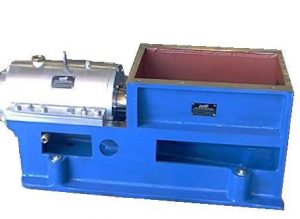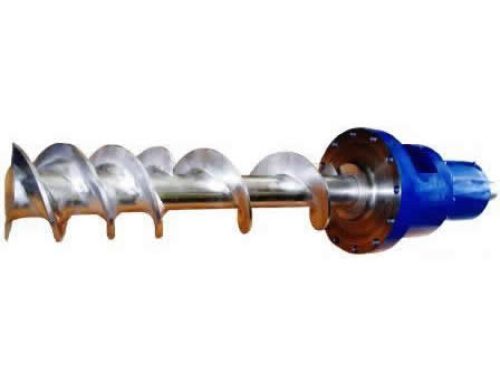Are you getting the most performance from the plug screw feeder in your Digester system?
 Although a critical component in most pressurized refiner system, the plug screw feeder is typically low on the priority list for mills to look for improved performance (as long as its working, leave it alone!).
Although a critical component in most pressurized refiner system, the plug screw feeder is typically low on the priority list for mills to look for improved performance (as long as its working, leave it alone!).
OEM designers have used the “one size fits all” concept when choosing a plug screw to generically fit a given refiner and digester size rather than size the plug screw feeder for the process needs.
The plug screw feeder has four main functions.
- It must create a compressed plug of wood which will seal the digester pressure from the atmospheric feed system.
- It must provide the proper volume of wood to suit a mills minimum and maximum requirements.
- It must give the proper amount of chip cracking and delaminating without damaging fiber properties.
- It can remove excess chip moisture if needed.
As energy costs continue to rise, optimizing the plug screw performance can save valuable energy consumption. If a plug screw is too large for the capacity requirements, the plug that is formed is less uniform and can cause blow backs, load swings (in both plug screw and refiner) as well as pressure swings in the digester. All of this wastes energy and effects overall fiber quality. It is also difficult to maintain a consistent digester level with a large screw.
On the other hand, if the plug screw is too small for the capacity requirements, it will always run at the high limits of available RPM which can cause “shadowing” in the flights (the screw turns so fast that the wood does not have time to fill the pockets). This will accelerate plug screw wear and promote wood slippage against the housing which will effect consistent feeding to the digester.
The key components you must look for to determine what size of screw and compression ratio is right for your process should be based on the following criteria:
- Wood species
- Furnish mix (Chips, shavings, sawdust, urban wood, etc.)
- Moisture content in the furnish mix
- Min/Max capacity requirements
- Digester pressure requirements
- Chip washing (y/n)
- Grit content within the furnish mix
- Connected motor size (HP rating plus service factor)
- Maximum RPM of plug screw feeder
- Motor type (AC , DC or hydraulic)
- Drop chute configuration above the plug screw
With RPM plug screw technology, we have the ability to take your existing plug screw, housing, in-feed box and plug pipe and specifically match a diameter and compression which will fit with your existing feed system and digester mount (bolt on replacement).
Our experience has shown time and time again that matching the proper size, profile and alloys will allow for the most efficient use of energy and the longest plug screw (and housing) service life.
This is also why rebuilding a worn plug screw feeder is a difficult task to do properly (and not recommended). Although diameters and tapers can be duplicated (to a point), it is difficult to retain the designed pocket profile within the screw to achieve optimal performance as well as service life.
Every process is unique in how it operates. We can assist you in evaluating your system to ensure that your components are sized properly and that the correct controls are in place to reach the maximum potential for overall refiner system optimization.

